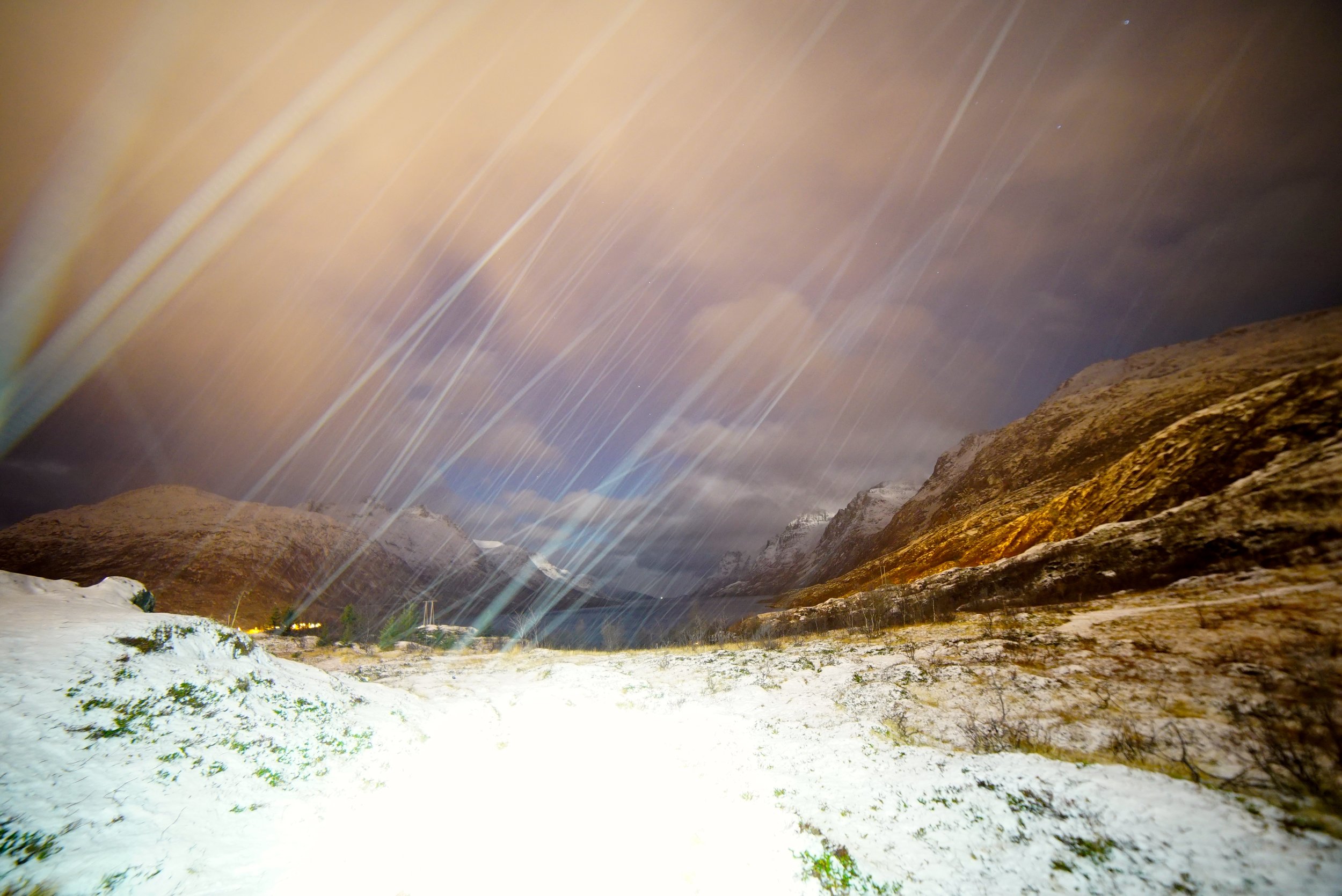Guidelines for Whale Watching activities
The recent rapid increase in boat numbers, and in-water activities as well as potential further increase next season, has led to many requests for guidelines from both communities and operators. These guidelines are to provide some immediate assistance to operators and boat users, as well as to especially enable effective planning of appropriate activities for the next whale season.
Some of the phenomena accessible for viewing in the fjords are globally unique and of scientific importance. The coexistence of humpbacks, fin whales and orcas in feeding situations is distinct from behaviours seen in other locations in former years. Currently, there may be very few, or no situations to observe on a given day, often confined to small areas of water, and even then only if conditions are such that it is safe and comfortable to do so.
In the current absence of direct government regulations, we encourage both commercial operators and private whale watchers to adhere to the following responsible guidelines that have been developed with the encouragement of local communities, local commercial operators, and the media.
These guidelines are by no means meant to thwart whale-related commercial activities. Rather they are a “best practice” for the long-term sustainability of an industry that is dependent on minimizing anthropic disturbance of a natural system. These can be improved.
*All cetacean species are referred to as “whales” in these guidelines, although some species are called “dolphin” or “porpoise” in English.
Topside whale watching guidelines
We acknowledge the relevance of efforts made elsewhere and specifically for Arctic waters such as those by AECO and the Norwegian Polar Institute. We have deliberately included content from these as well as some suggestions publicised by Ocean Sounds e.V.
- Both commercial and private whale watchers need to have an understanding of the whale behaviours and these guidelines. Understanding whale behaviour in the fjords assists operators in adhering to guidelines and in educating passengers.
- Commercial whale watching operators are encouraged to include educational programs in their tours, highlighting the fragility of the marine environment and inspiring respect and environmental friendly attitudes and behaviours.
- Operators are encouraged to use boats to capacity, as well as the larger of their boats when possible to reduce the overall number of boats observing whales.
- We advise a maximum of 3 boats observing simultaneously each situation, for the sake of whales and also to enhance the “wilderness experience”.
- Boats are encouraged to cooperate so that if there are more boats than limited situations, maximum boat time per situation is 30 minutes. Boats waiting for their turn should remain more than 500m away from whales where possible, or at an appropriately remote distance from the situation depending on the local topography.
- Successful trips should be capped at 3 hours, given the short winter light, and addressing customers’ exposure to cold.
- Boats should have a skipper as well as a lookout – more eyes at sea for ease of spotting (and keeping a distance from) whales and other small craft, especially in low light.
- Approach whales slowly, at less than 5 knots when within 300m, and at constant speed, from the side and slightly to the rear.
- Move parallel to the direction of moving whales, not directly from behind where whales may feel chased, neither head-on, nor intercepting the path.
- Minimum speed should be kept from 100m and idle speed from 50m from a situation.
- Keep quiet. Whales may approach the boat, which is fine, but go to engine neutral and only re-engage if the whale has clearly passed. Turn engine off if appropriate.
- Avoid sudden acceleration/change in boat direction. Whales will not always react fast enough if surprised. Sudden gear changes and reversing cause disturbing underwater engine noise.
- Identify resting whales, characterized by regular patterns of surfacing in groups, remaining motionless or moving slowly on the surface, and then diving. Stay well away of resting whales.
- It is easy to disturb feeding whales and chase them away. Avoid getting too close. Turn off sonar/echo-sounder when close to a feeding situation.
- Boats should not encircle whales or block their freedom of movement.
- Under no circumstances should one try to attract or touch the whales (e.g. using food/fish, playing/producing sounds or using light).
- If whales show signs of stress or show avoidance behaviour despite following these guidelines, move on. Signs may include whales constantly changing direction or speed or making long dives to avoid a boat.
- Give research activities space to work. Operators should also encourage customers to share photographs and observations with researchers.
- Fishermen share these fjords and should be respected by the increased boat traffic.





















































